The “Market Down” approach to embroidery pricing is really a way to project how much profit your business will generate, and how to price your work, by uncovering what the market price is as opposed to what your cost is.
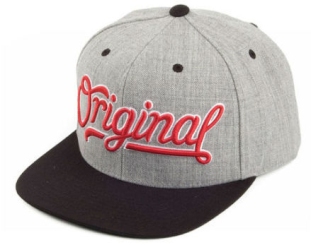
After all, the customer is not buying thread from you, or machine time, or paying your rent. The customer is buying the end result, and is probably completely unaware of how much material and time goes into it.
If the design or the colors or the quality of the embroidery makes the buyer feel good about owning the product, he buys it. The purchase could be a practical buy or an impulse buy. Either way the buyer purchased the garment based upon perception, or how it made him feel, not how much it cost you to produce!
How we price our products should reflect this phenomenon. If we have developed a series of clever or beautiful designs that may appeal to a certain market, we can demand a higher price based on the popularity of those designs. The consumer is always looking for new, clever and creative ideas to embellish his wearable products. Here is where creativity can be rewarded.
If you produce amazing quality work, even simple logos, and the customer loves the result, or if you can fill his/her order especially quickly, or even if the customer just enjoys doing business with you and your company – it’s worth more!
There is another side to perceived value. There has been some controversy in our industry for some time now about how we price. Do we price the embroidery and garment separately or as a single package price? From a profitability standpoint, it doesn’t matter how you price the product as long as you include an appropriate profit for both entities.
You can sell the garment with a higher markup and include the sewing for free, or you can charge a lower markup for the garment and add an appropriate charge for the embroidery. Either way, the customer pays the same total price, and you make the same profit.
The difference comes in the perception of the value of the embroidery. Simply put, embroidery adds value to a garment. When you sell a blank garment, there is a reasonable price that you can charge for that garment. When it is embellished, on the other hand, the value of the garment may double; triple or even quadruple due solely to the addition of the embellishment from your single head embroidery machine, digitizing software and your imagination. Ironically, the cost of the embellishment is often less than the cost of the garment and yet the embellishment can add value far beyond the cost of both.
When sewing and digitizing is included in the price of the end product, or when the digitizing is included in the price we create the perception that design and digitizing have no value. We condition the consumer to buy the garment and expect the embroidery for free. No matter whether it is a simple left-chest design or a full jacket back with both front-chest designs, we condition the customer to expect either for the same low price.
As you can see, pricing does not have to be a difficult process. It may take a little bit of time to calculate your costs, but the process is not difficult. Once your prices have been established, and you have published your price list, constantly check to see that you are using the most proficient and effective tools and methods to do your work. This will contribute to lower prices and higher profit margins.
Our goal at Stitch It International, whether you’re buying an SWF Embroidery Machine or just trying to improve your existing embroidery business, is to provide you with the information you need to succeed! Please sign up for our newsletter at the bottom of the page for more great information, specials and business tips from your SWF Embroidery Machine dealer of choice!
Other Things To Consider – Home Embroidery Business Expenses
When you operate out of your home, do not omit the cost of rent. If you do, your total costs figure will be too low. This not only will pass along an unrealistically low price to your customer, but it also will lock you into working in your home permanently. If you someday hope to move your business into a commercial location, your prices should reflect that cost of doing business as well. When figuring a fair rent price, use a “replacement rule” value. This is the real cost to rent comparable space in a commercial location.
Embroidery Pricing Tips
Your actual selling price is established by considering all four of the above items. As you develop your pricing structure, consider the following techniques to make pricing easier:
Build a price sheet to establish credibility in your pricing. A published price sheet establishes credibility on pricing with your customers, so they don’t think you’re making up prices on the spot. Customers are less likely to negotiate with published prices than those quoted verbally off the top of your head. And it makes customers feel like they’re really getting a deal if you discount from there.
Deliver the price with confidence. How you deliver a price also can convey fairness in your prices. Making eye contact when delivering a price to your customer, and speaking clearly, conveys your confidence in your pricing structure. Likewise, avoiding eye contact and mumbling a price can convey uncertainty and invite unwanted haggling.
Offer options, not just one price. If a customer is not happy with a quoted price, offer options that compromise the amount of work to be performed rather than discount prices and reduce your profit margin. For example, suggest doing the embroidery with fewer stitches by shrinking the size or removing background colors before you drop your price.
Do not leave the price at the end of a sentence. The price should never be the focal point of any transaction. One common technique that removes the focus from price is where you put the price number in your conversation.
Don’t say, “This item will only cost you $50.” Instead, say something like this: “This item will only cost you $50, it comes in two colors, and we can have it ready for you on Thursday.” You could also say, “This item will only cost you $50. Would you like it in navy or ash?” Either way, the emphasis is off price and placed on other terms involved in the sale.
Discounting and sales are tools to be used sparingly. Selling at cost and offering “loss leaders” are effective only if used on a short-term basis to attract attention. Use these techniques correctly to sell other products along with the sale items. This can attract first-time buyers, as well as revive some lost customers.

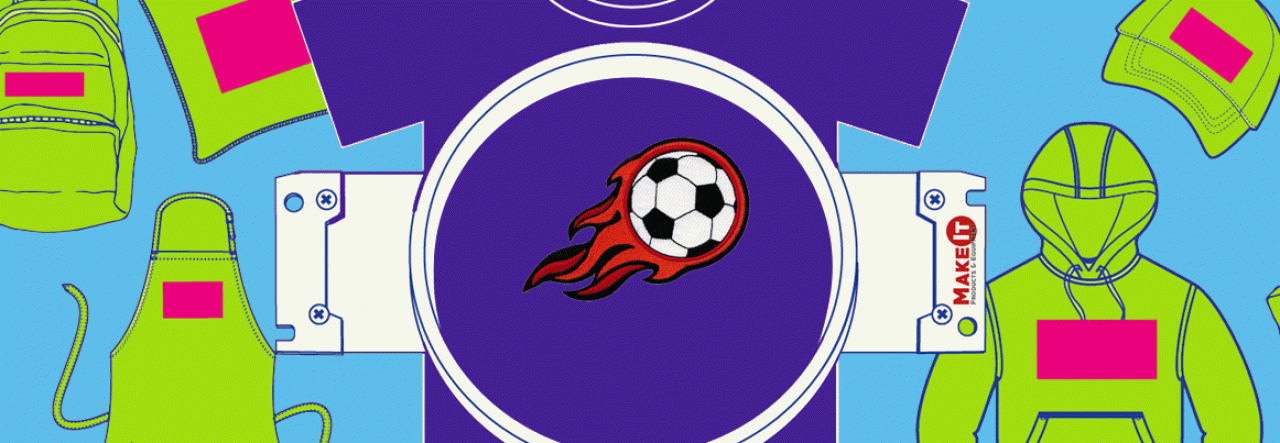
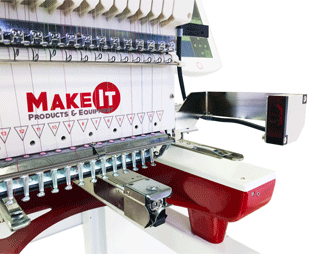 Of all of the skills necessary to start and grow any embroidery business, the one that most people have trouble with is establishing the right pricing for their embroidery services. What is it about pricing that puts fear and sometimes panic into the hearts and minds of most small business owners and entrepreneurs? Here are some common answers to that question:
Of all of the skills necessary to start and grow any embroidery business, the one that most people have trouble with is establishing the right pricing for their embroidery services. What is it about pricing that puts fear and sometimes panic into the hearts and minds of most small business owners and entrepreneurs? Here are some common answers to that question: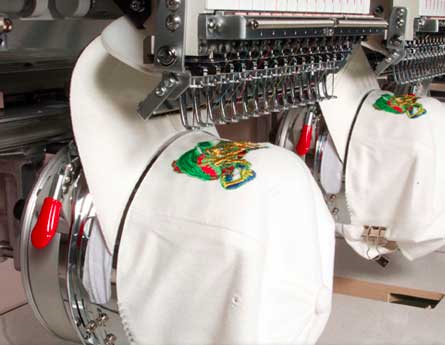
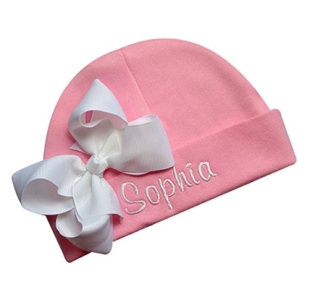

 Pricing for profit is an important task for many start-up or novice business owners. Successfully balancing fair, equitable and profitable pricing for embroidery services will set you on the path to generating consistent profit margins. Often times, start-up businesses will use competitor’s prices as a foundation for their own pricing schedules. Use caution with this approach, as you are assuming that your competitors have done their homework AND their prices are profitable. Competitors may be hoping that their low prices will attract more business, while in reality, it’s undermining their profits and putting their business at risk.
Pricing for profit is an important task for many start-up or novice business owners. Successfully balancing fair, equitable and profitable pricing for embroidery services will set you on the path to generating consistent profit margins. Often times, start-up businesses will use competitor’s prices as a foundation for their own pricing schedules. Use caution with this approach, as you are assuming that your competitors have done their homework AND their prices are profitable. Competitors may be hoping that their low prices will attract more business, while in reality, it’s undermining their profits and putting their business at risk.